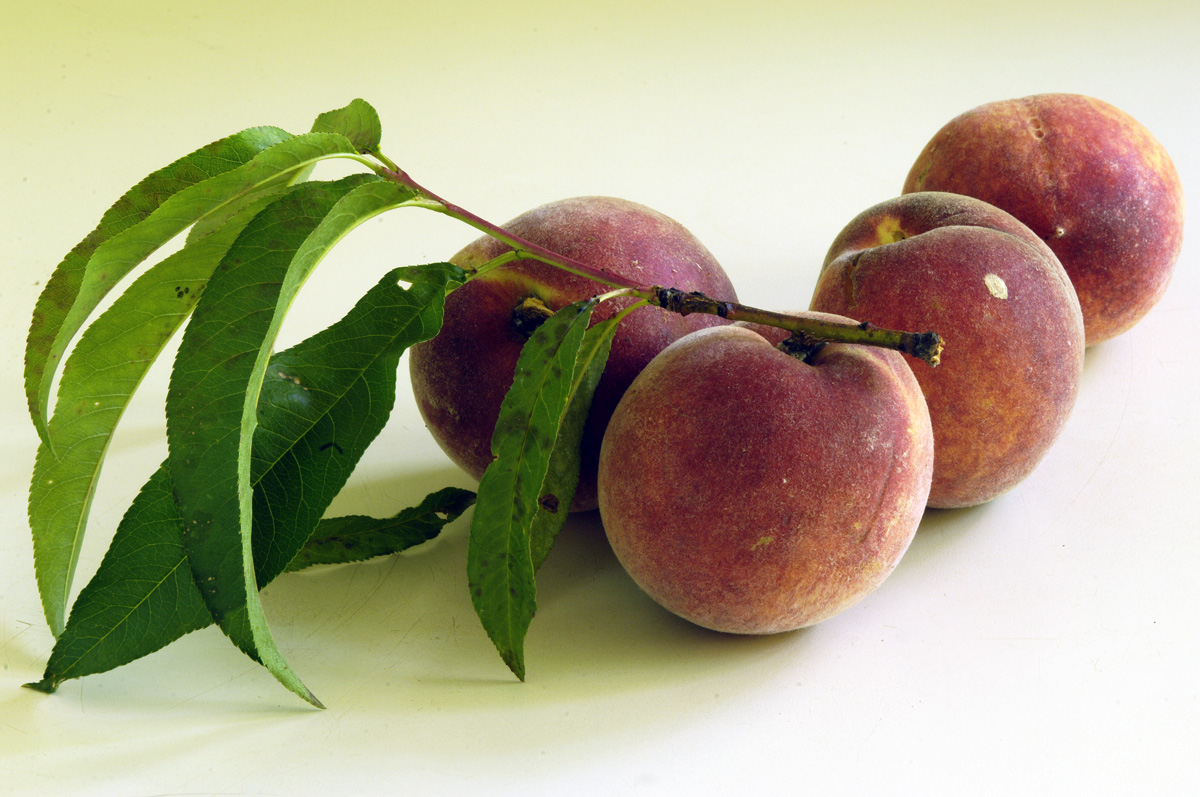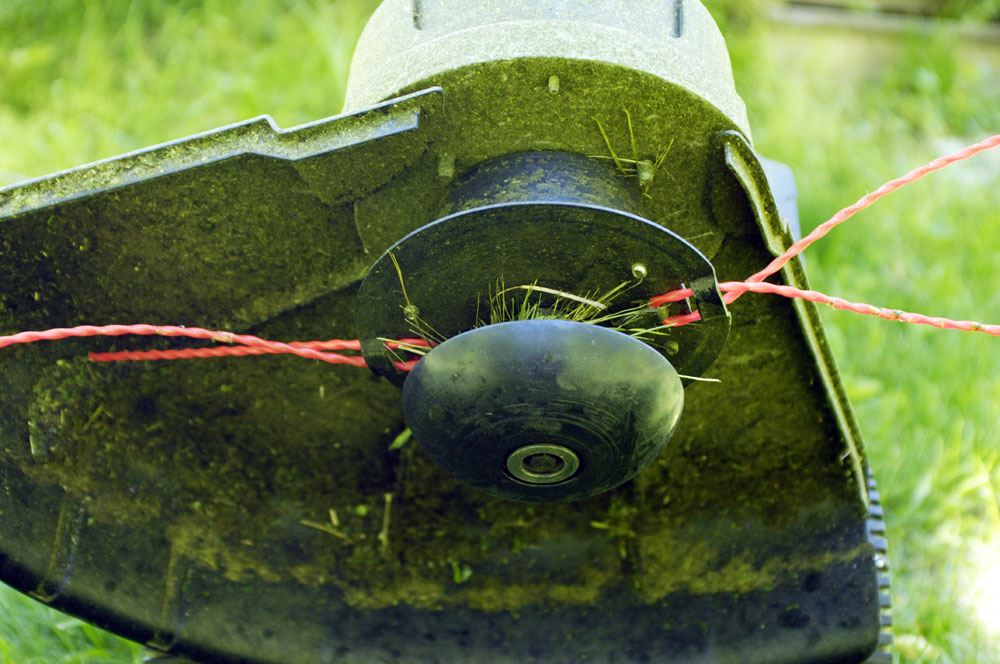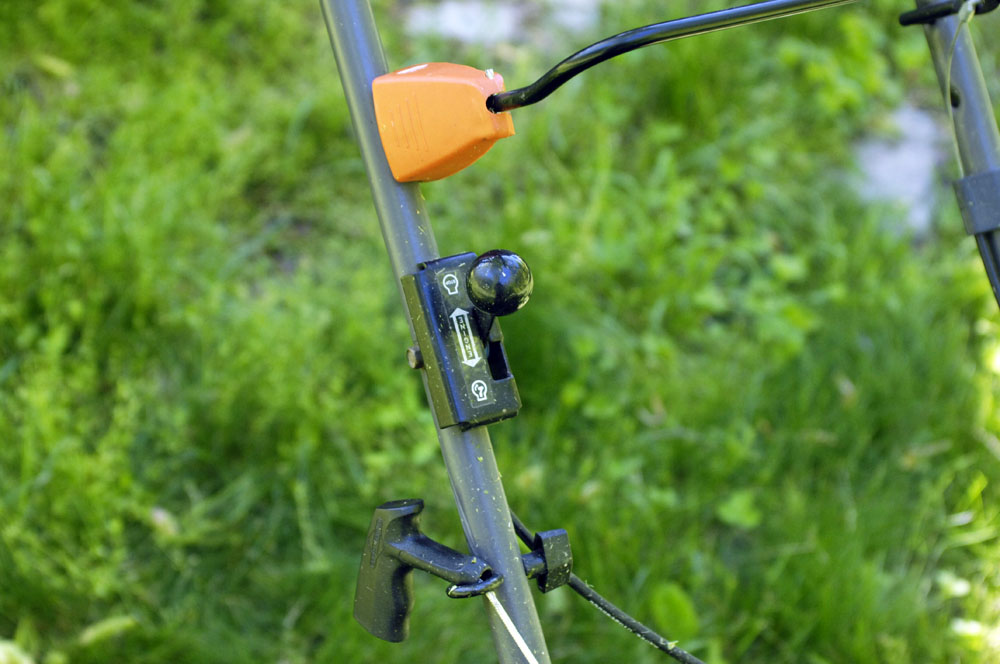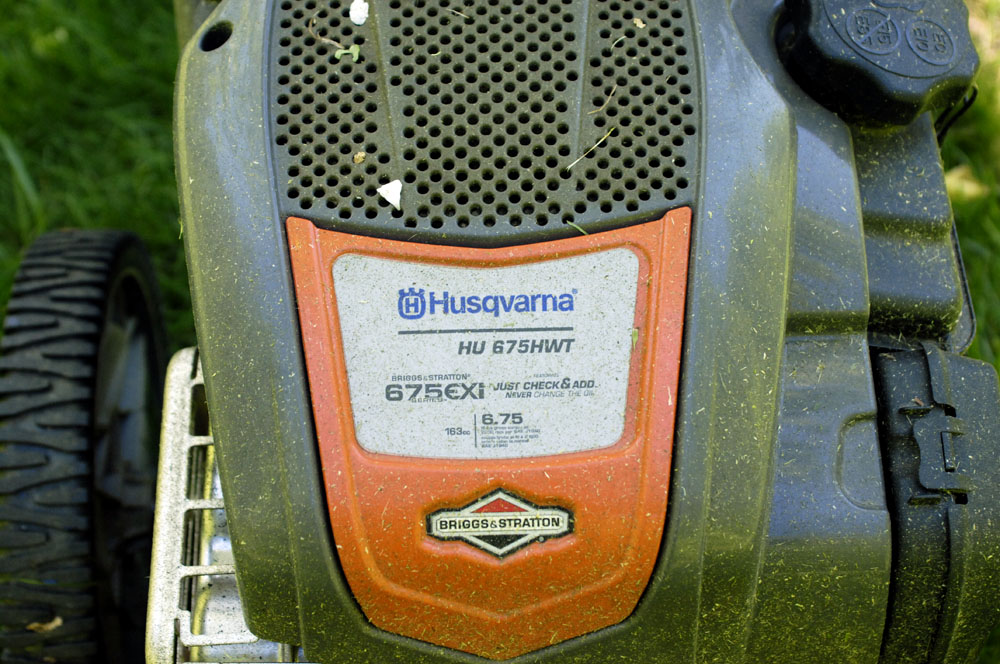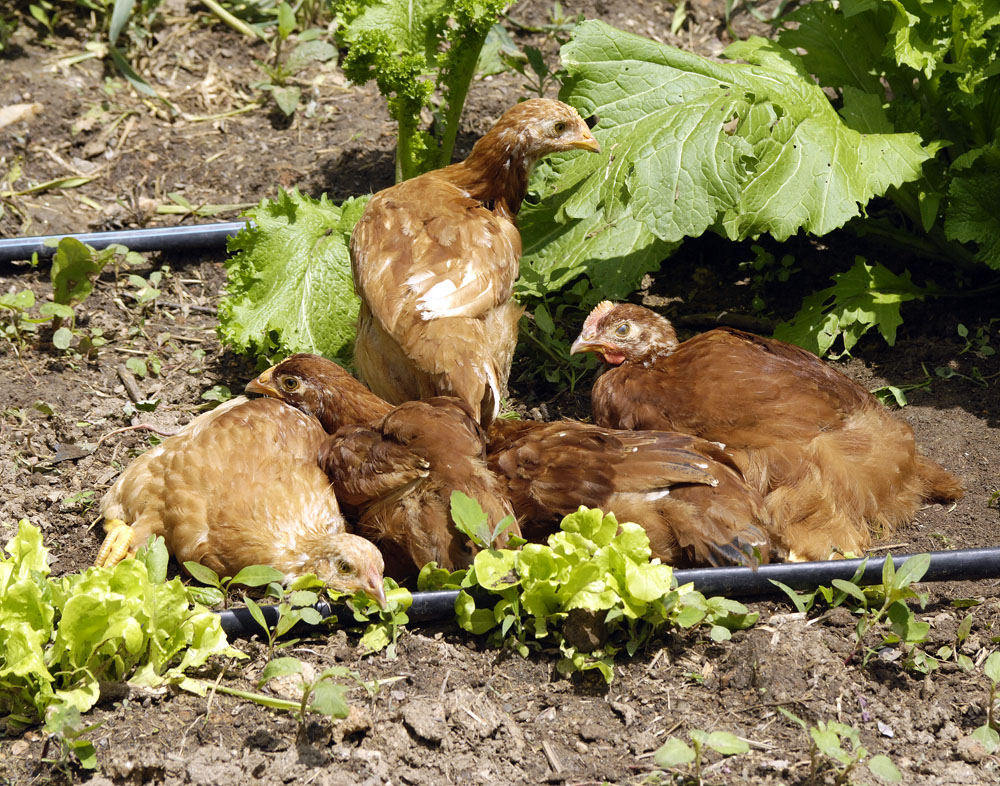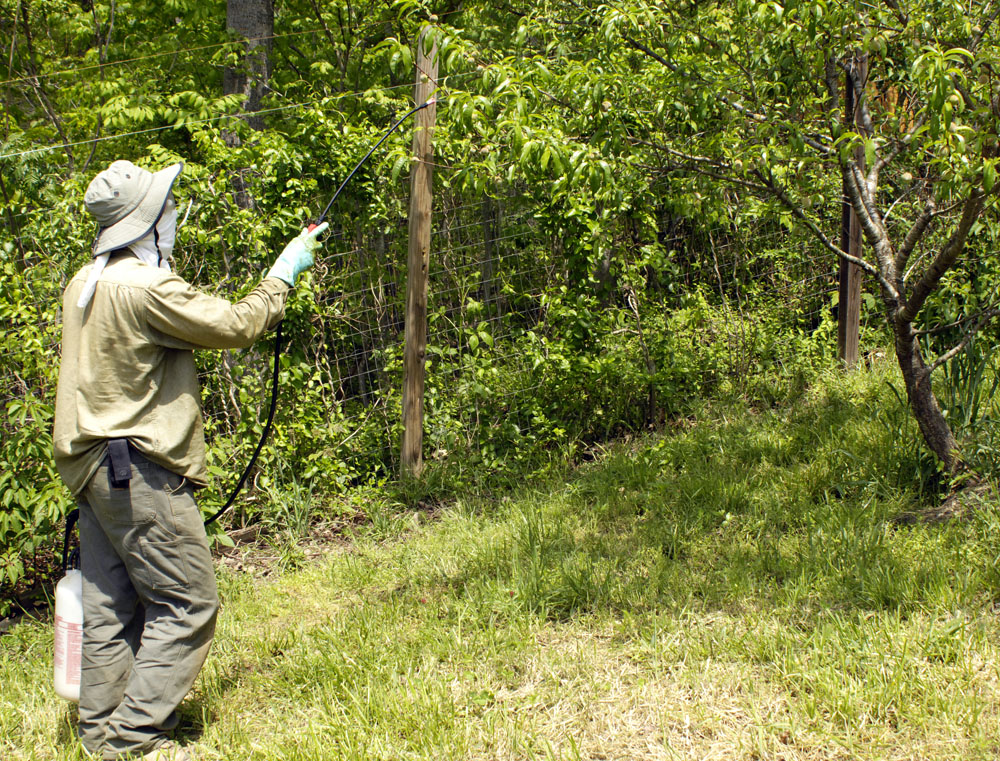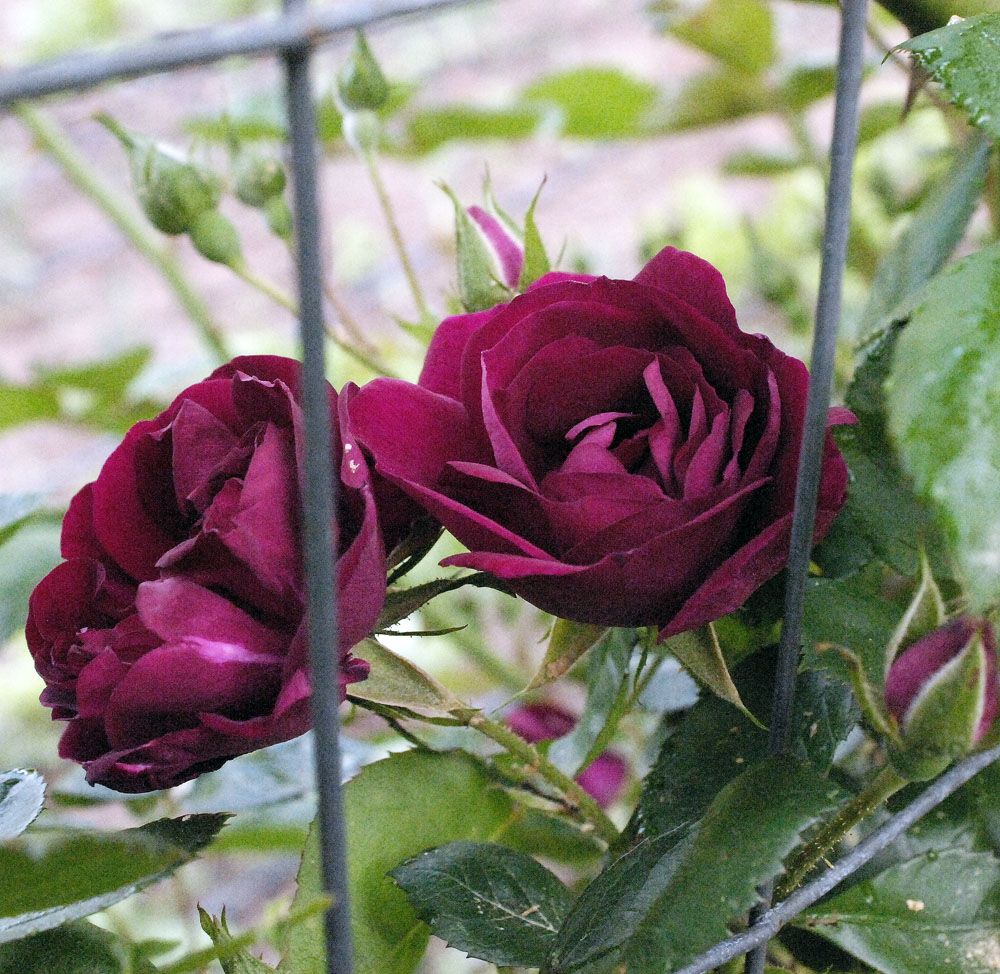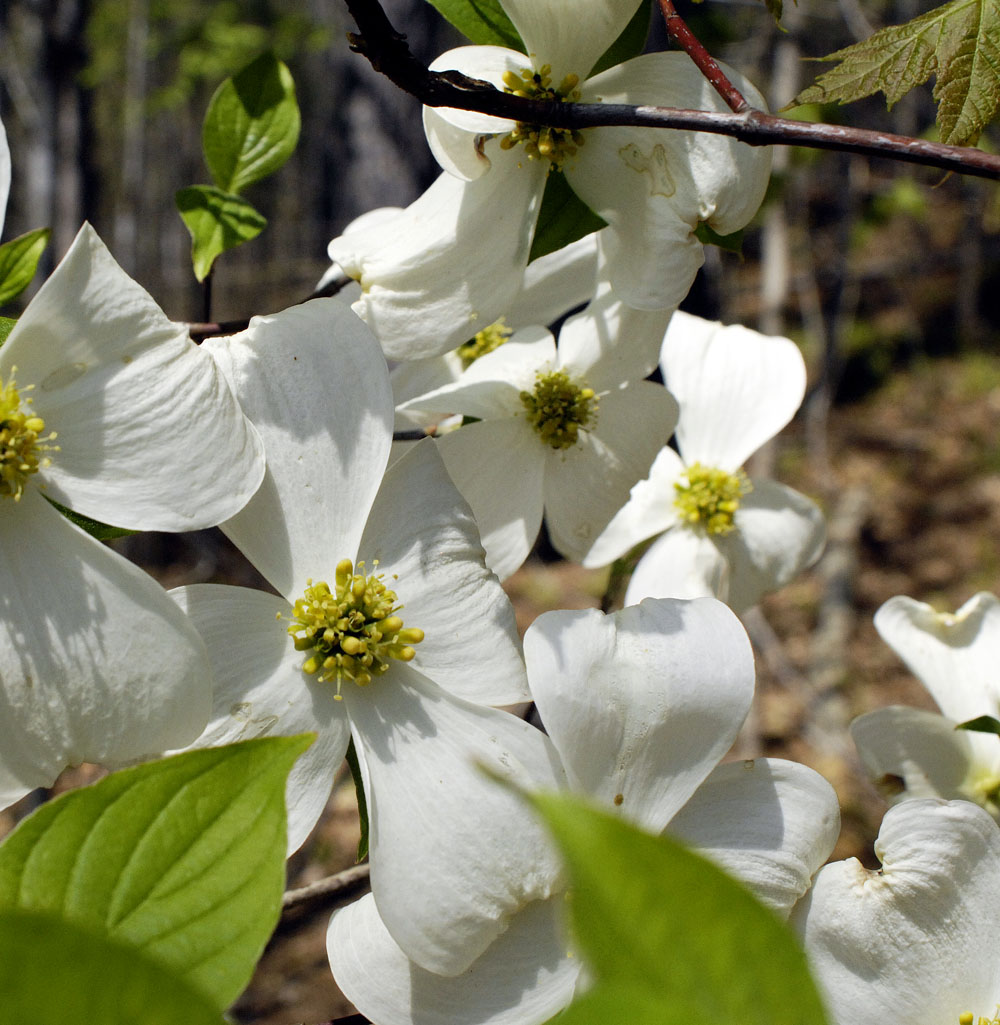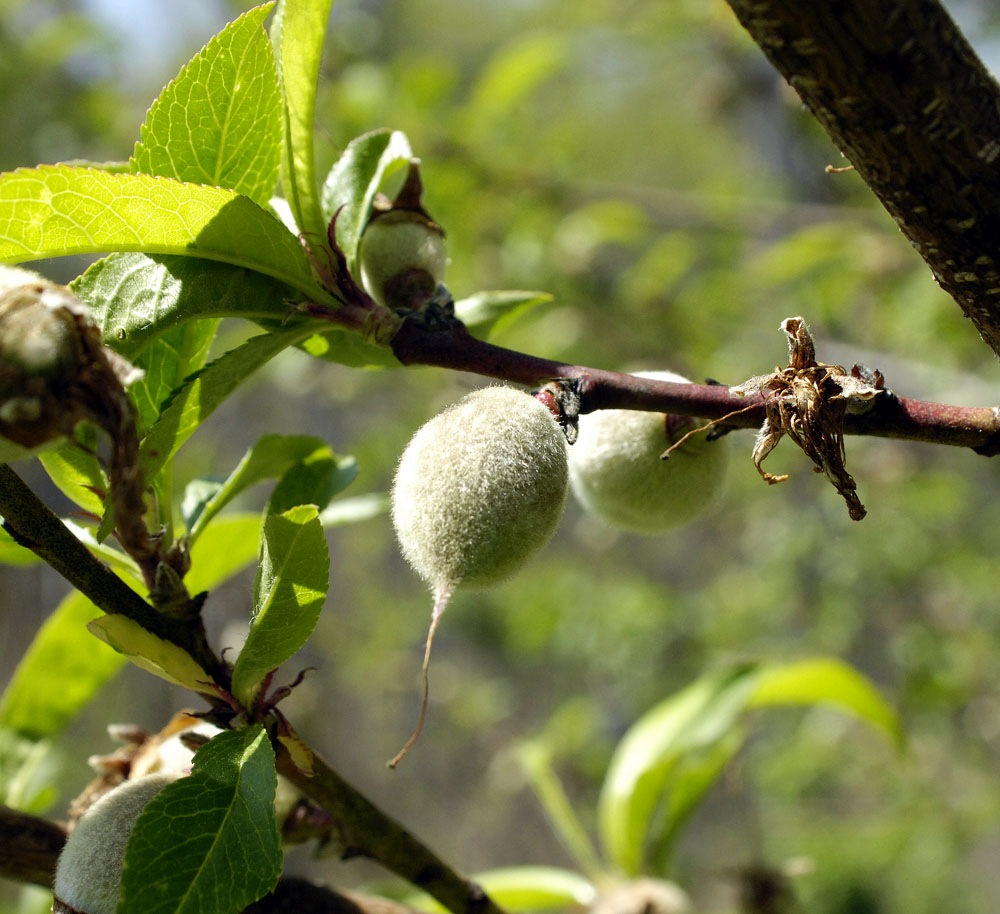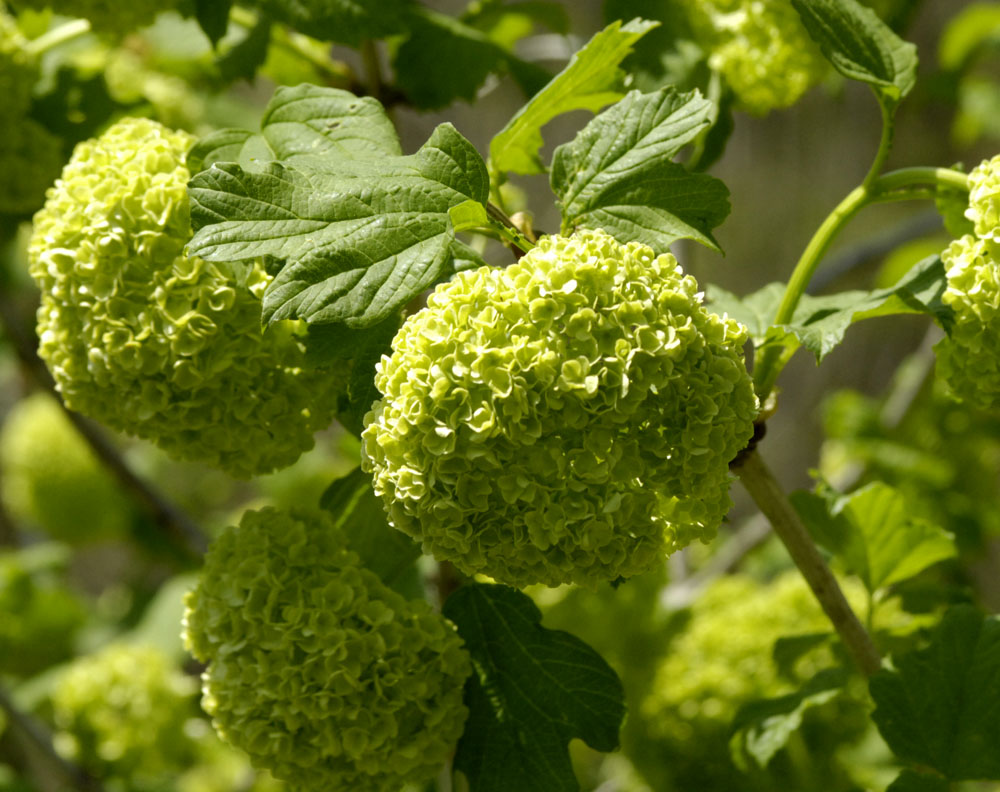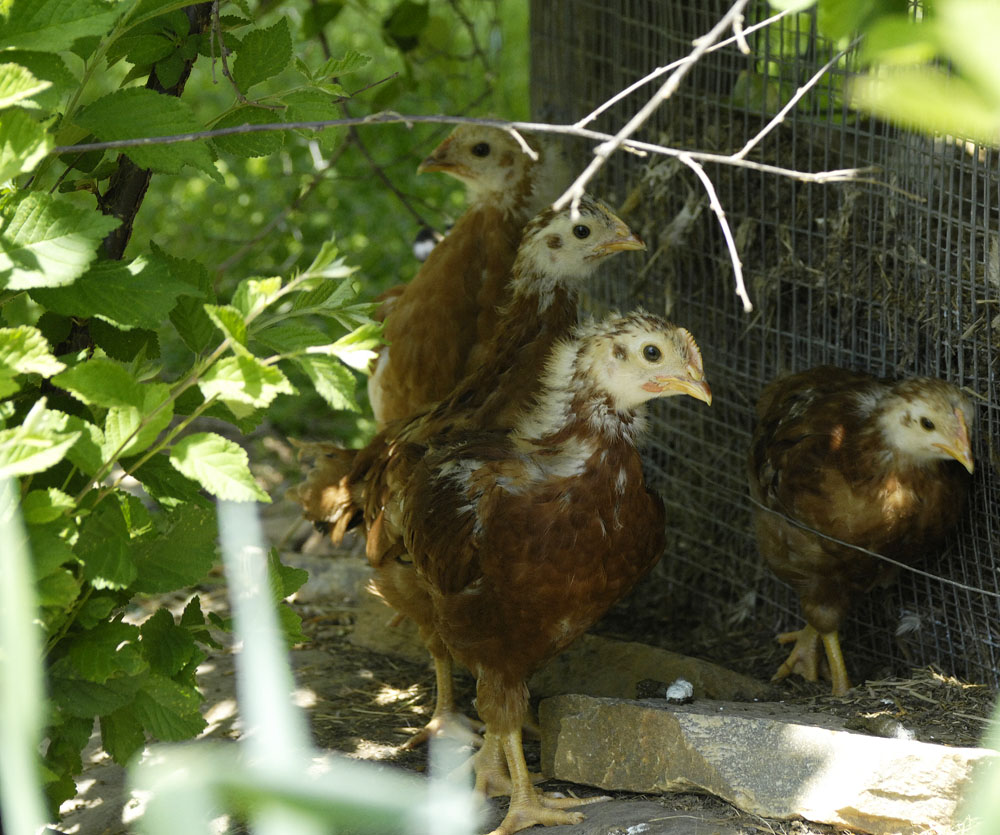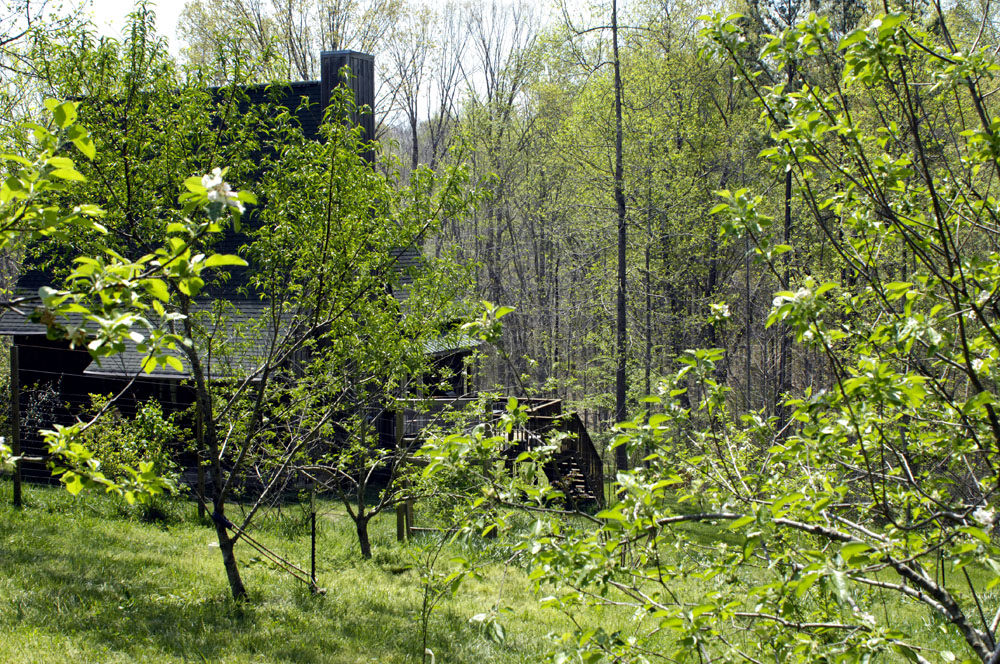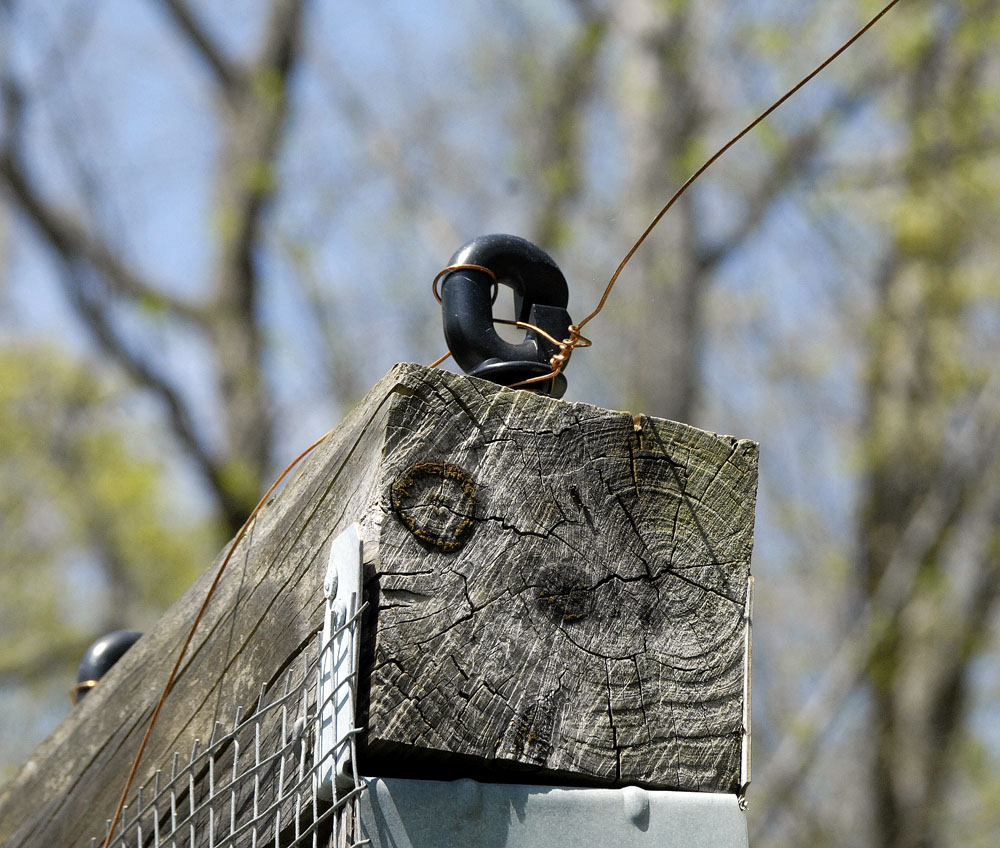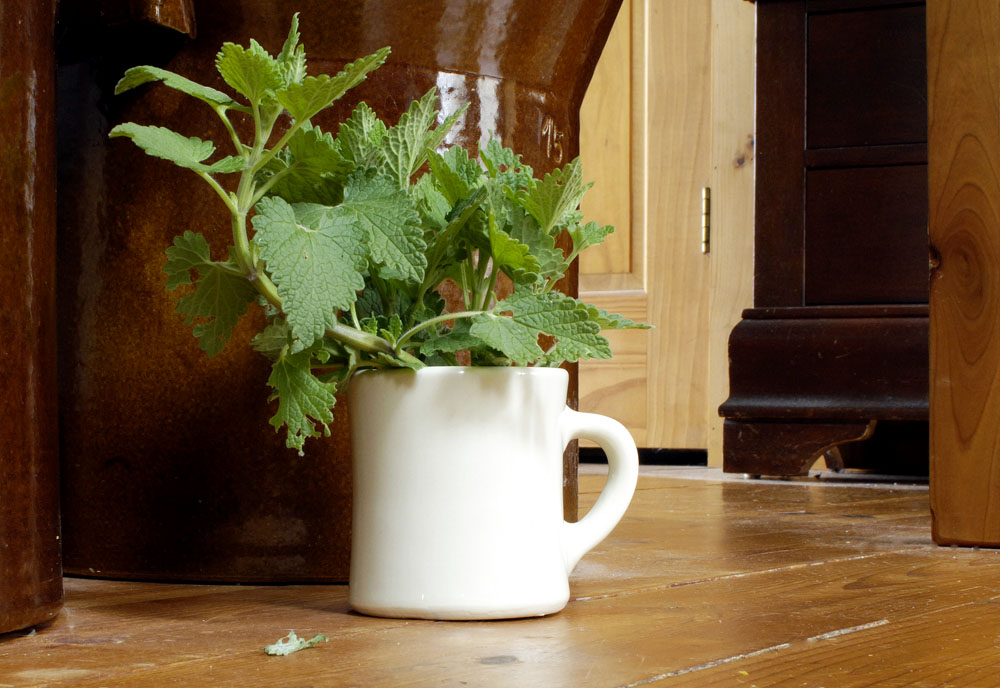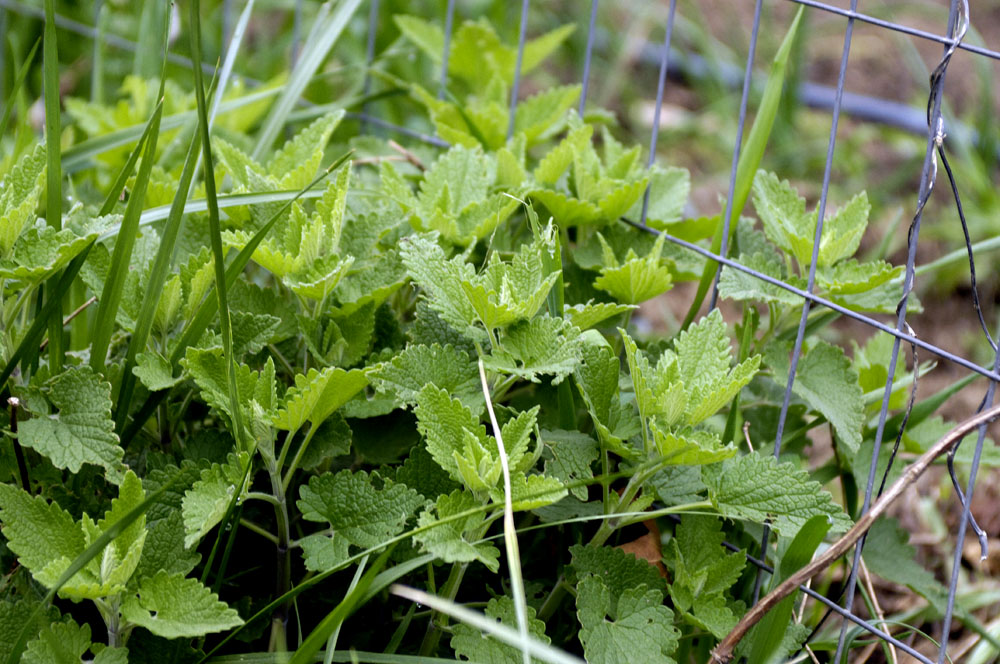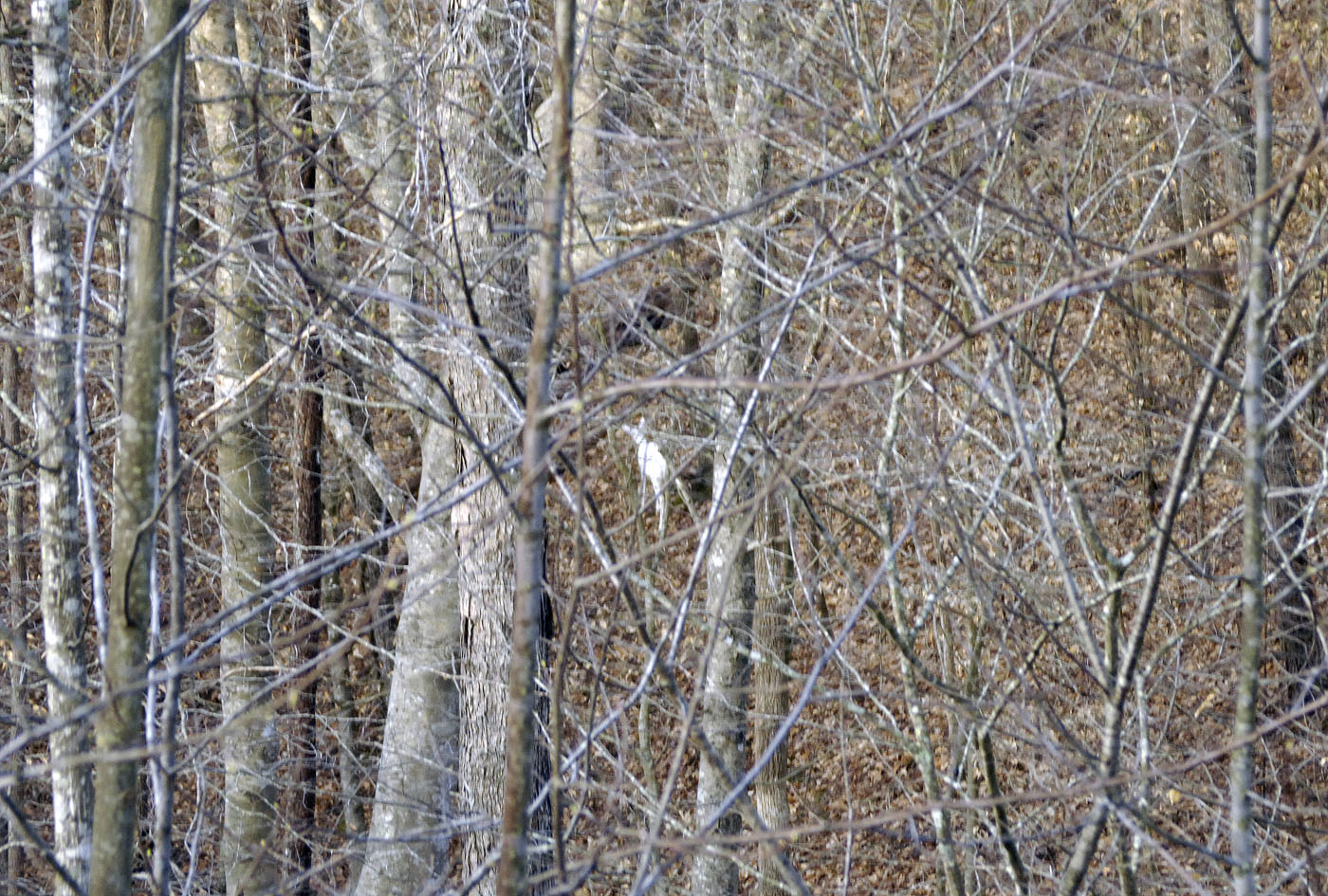So far in May, more than 8 inches of rain has fallen. There should be plenty for the deer to eat in the woods, but there they are in the yard again. They’d just better stay away from the day lilies.
Category: The land
The perils of peaches
It’s year eight in the orchard, and this year I just might get my first bite of peach.
Last year, the entire peach crop was wiped out by a late frost. This year, the three peach trees are loaded. One of the trees is weeks ahead of the other two trees and has dozens of already-red peaches. But each morning I notice that someone is knocking them down. It could be a squirrel, or it could be a raccoon that climbs the tree during the night. The animals are very wasteful. They knock down several peaches, take a bite from some of them, and leave the rest lying on the ground for the ants.
I’ve not yet picked any of the peaches off the tree because they’re still hard and need more time to ripen. But I do retrieve the peaches that have been knocked down and take them to the kitchen, hoping that they’ll ripen decently and that they’ll be fit to eat.
If these four peaches ripen properly, there will be peaches and cream.
Eight years down, a hundred years to go
Review: Husqvarna weed-eater on wheels
Eight years ago, after I cleared an acre of elderly pine trees for the abbey and had the stumps removed, it was hard to imagine ever having a weed problem. It was all bare red dirt, scary to look at. I was eager for anything — anything — to grow. Now there are weeds, and lots of them.
Last fall, we bought a Husqvarna chain saw, and Ken was very pleased with it. This spring, an old weed-eater needed replacing. I went to the local hardware store in Walnut Cove with the intention of buying a Husqvarna handheld weed-eater. But outside the front door of the store I saw a Husqvarna HU 675WT weed-eater on wheels, and I was intrigued.
For one, it’s more powerful than a handheld weed-eater, with a four-cycle Briggs & Stratton engine. For two, it uses a much heavier cutting cord. After a demo from Mr. Bill, who owns the store, I bought it. With its handles folded over, it actually fit into the back of the Smart car.
Ken was skeptical. I was afraid I’d make a mistake. Some weeks later, though, he said that it was growing on him.
The weed-eater is almost perfectly balanced, on high wheels. That will easily deceive you into thinking the machine is weightless, which it isn’t. When working on a slope, it feels a bit heavy, but it’s manageable. One of the best things about the weed-eater is the heavy cutting cord, several times the diameter of handheld weed-eaters. Even better, the cord is not on a spool. The cutting cord comes in pre-cut loops. If the cord gets ripped up, it takes about 30 seconds to loop in a new cord. No fussing with a cord spool!
Blackberries are tough. They’re the biggest weed challenge here. This thing will rip down blackberry stalks with ease — though the blackberries retaliate by tearing up the cutting cord if you try to move too fast.
The right side of the machine has a safety guard. On the left side, the cutting cord is exposed. If the cutting cord hits the base of a young tree, it will tear the bark off in no time. So it’s important, when trimming close to your beloved trees and shrubs, to always keep the guard side of the machine turned toward the tree.
The abbey also has a small battery-powered weed-eater for small jobs such as trimming grass. Thus it takes three machines to manage the grass and weeds here — a 28-inch Snapper riding mower, and two sizes of weed-eaters.
If the summer is as rainy as the spring has been, the machines are going to get quite a workout.
They grow up so fast
Hoping for a peach crop
The peach trees in the abbey’s orchard are loaded with young peaches this year. Last year, the entire crop was killed by a late frost.
One of our friends who is a retired agricultural extension agent says that, unless you spray, you don’t get peaches. All sorts of insects prey on peaches, including fruit moths and peach borers. Today Ken gave the peach trees their first dose of reasonably organic pesticides — a spray containing a mixture of neem oil and a pyrethrin.
If the peaches survive the insects, then war with the squirrels, possums, and raccoons will be next.
Rain!
Drought is terrifying at any time of year. But drought in the spring, I think, is the worst. After a so-so start with the spring rains, a weekend front left behind 5.54 inches, and yesterday the sun came out. Now we can have some serious spring.
One of the things that is easy to see when you live in an undeveloped area with lots of wildlife is how drought means hunger for the wild things. During last year’s dry spring, for example, the deer wiped out the day lilies. They did it because they were hungry. The vole population is greater when there’s good rain. The moles flourish. Somebody — probably a raccoon but possibly a skunk — is making little divots all over the yard, orchard, and garden, taking advantage of the soft soil to dig for grubs.
Because there are many young trees at the abbey — including the orchard — good rain in the spring is important, because it’s in the spring that young trees do most of their growing. The surrounding woods also got a deep, deep watering, which will maximum the growth of the wild trees during the merry month of May. If good weather continues, the squirrels will have lots to eat this winter.
Ken’s garden is flourishing. Last night’s supper included mustard greens and roasted turnips. Cilantro pesto is on the menu for tonight. The onions are flourishing. The cabbages are forming heads. The basil and tomatoes are starting to jump.
The long-range forecast looks good. If the voles are happy, I’m happy.
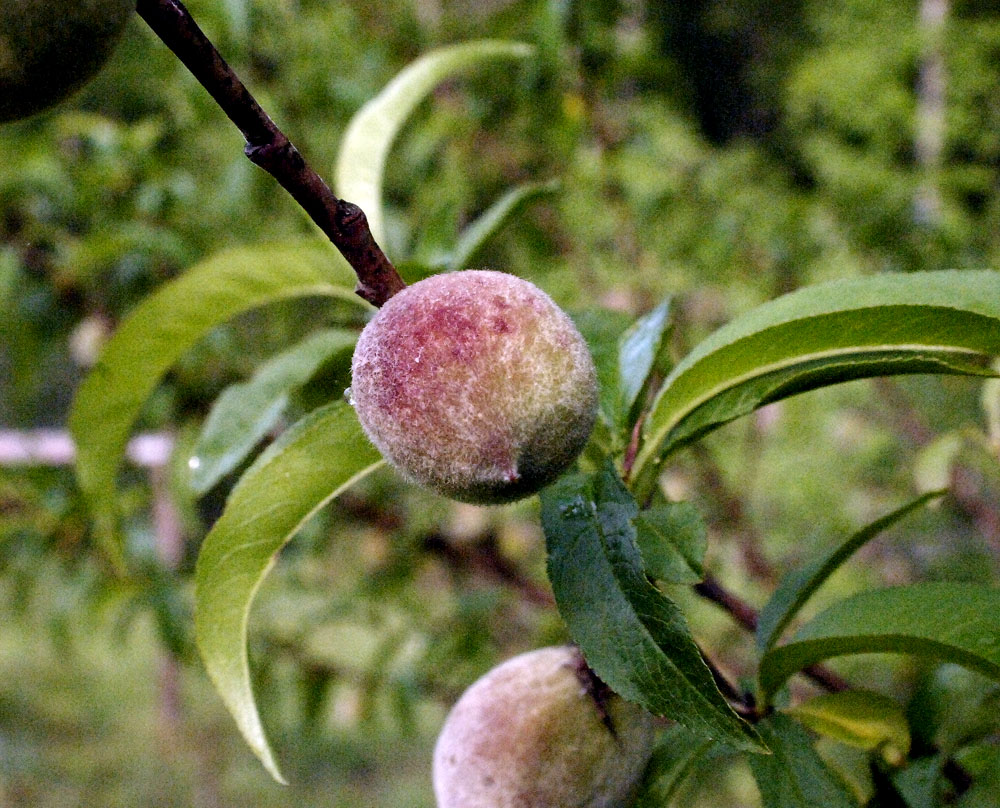
⬆︎ Baby peaches, of which we have a great, great many
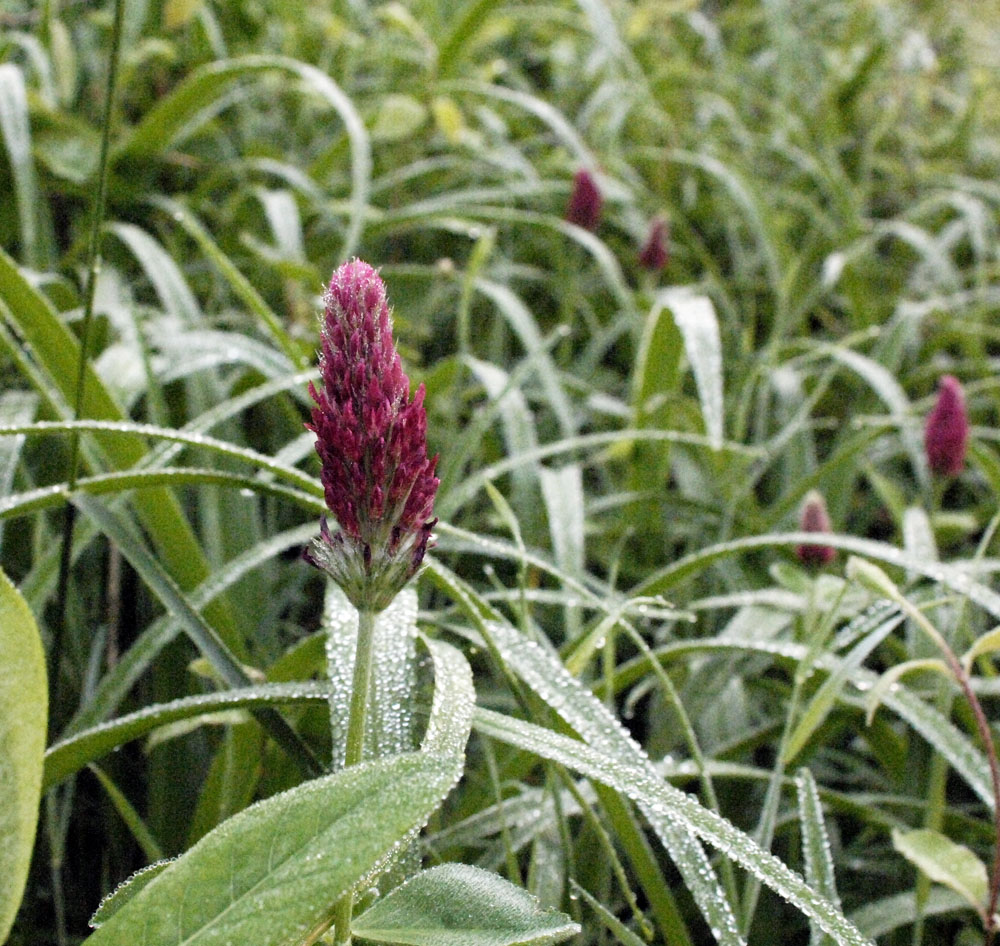
⬆︎ It seems that some red clover seed hitched its way in in a bag of grass seed. It’s a beautiful plant, so next year we should plant much more of it.

⬆︎ Wildflowers at the edge of the woods, the name of which I do not know
What’s growing at the abbey
⬆︎ Dogwood in the woods
⬆︎ Though we do see honeybees, these days bumblebees do much of the work of pollination.
⬆︎ Baby peaches
⬆︎ I always forget the name of this.
⬆︎ Baby chickens
⬆︎ It’s thrilling to see the woods coming alive. Looking down through the orchard toward the back of the house.
⬆︎ The wires that run along the top of the eight-foot fence needed replacing. For the top wire, we used copper wire and good insulators. The wire should serve as a reasonably good horizontal loop antenna for the low bands of amateur radio, including the 80-meter band. The loop is almost 400 feet long. That’s a long antenna.
Catnip
Some catnip seeds were casually strewn along the garden fence once upon a time. Now it has gone rogue, with at least three little catnip groves in the yard. Ken brings in little flower pots of catnip for Lily and sets them on the floor for her. I asked Ken if I should mow around the catnip, and he said yes.
A goal for this year: More herbs for humans, especially cilantro. There’s always plenty of basil during the summer.
(The big brown crocks are Harsch sauerkraut crocks.)
The white deer still roams
We saw the white deer a couple of times through the winter, but never when a camera was handy. I got a glimpse of her this morning through the kitchen window while making coffee. I dashed upstairs and took this photo through an upstairs window. I didn’t have time to switch to a longer lens.
She was drinking from the little creek, then she slowly ambled downstream through the may-apple bottom. She was being followed by a smaller deer that I can’t see in any of the photos. A fawn, possibly? I don’t know.


